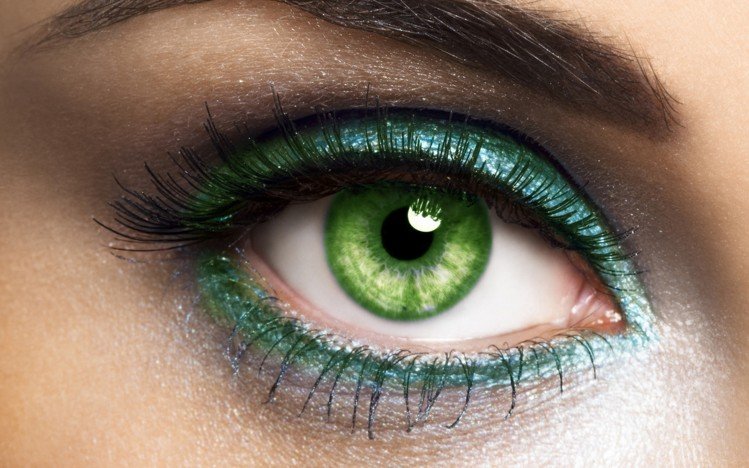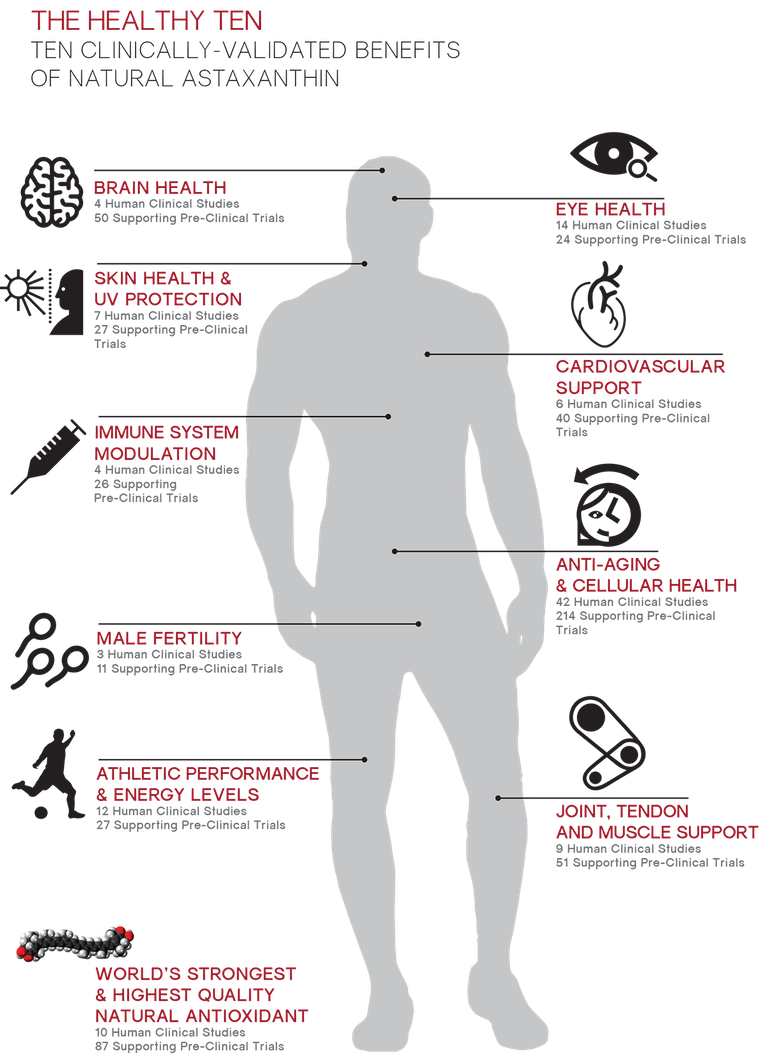Carotenoids are pigments. Carotenoids are what give many of the foods we eat their beautiful colors. You already know that salmon are pink because of the carotenoid this book is about, Astaxanthin. If you had a salad recently, you almost definitely ate some carotenoids.

Tomatoes are red because of a carotenoid called “lycopene.” Carrots contain the most famous carotenoid, beta-carotene (which makes them orange). Corn is yellow because of the carotenoid zeaxanthin. Along with its closely related carotenoid cousin lutein (which is also a yellow carotenoid), zeaxanthin is found in many green vegetables such as spinach, kale, broccoli, lettuce and peas. (The color of the yellow carotenoids is overpowered by the high levels of green chlorophyll in these vegetables; so even though the vegetables contain yellow carotenoids they look green to the human eye.)

Over 700 carotenoids have been identified, although most people have only heard of a few. Carotenoids provide essential benefits in plants: They absorb sunlight which they convert into biological energy, while at the same time protecting the plants from oxidants (generated by UV exposure and from other sources). Carotenoids are generally effective antioxidants in animals as well, and can neutralise free radicals and singlet oxygen in the body, with Astaxanthin having by far the highest antioxidant activity.

In fact, certain carotenoids are essential nutrients for different animal species as they are for plants. The most relevant example of this is beta-carotene which is necessary for humans as it is converted by the body to the essential nutrient Vitamin A. However, it’s important to remember that there is a huge difference in the safety of Vitamin A compared to beta-carotene. In high doses, Vitamin A can be toxic; on the other hand, beta-carotene has no toxicity potential as the body simply converts as much beta-carotene as it needs into Vitamin A.
Carotenoids are broken down into two groups: “Carotenes” and “Xantho- phylls” (pronounced ZAN-tho-fils). The carotene group is more widely known because of its most famous member, beta-carotene. Another well-known carotene is lycopene, which is also commonly sold as a nutritional supplement. The other group of carotenoids, xanthophylls, is much more biochemically active in our bodies than carotenes. Astaxanthin is a xanthophyll, as are lutein and zeaxanthin.
The crucial difference between the two groups is that xanthophylls contain oxygen atoms while carotenes contain only carbon and hydrogen atoms.

The positive energy of its electrons makes Astaxanthin more active in our bodies than its closely-related family members lutein and zeaxanthin, and makes it far more active than carotenes like beta-carotene and lycopene. (And while lutein and zeaxanthin have become famous for eye health and lycopene for prostate health, Astaxanthin—due to its superior antioxidant and anti-inflammatory activity—will most likely outperform these other carotenoids in eyes and prostate glands as well.)
Astaxanthin can be found in different places around the world in both plants and animals. Besides salmon, any reddish or pink-colored seafood contains Astaxanthin (and, in fact, these animals are red because of their Astaxanthin content).
This includes shellfish like crab, lobster and shrimp as well as the salmon we mentioned above and also some other fish species like trout and red sea bream.

While humans and other animals at the top end of the food chain eat these fish and shellfish, Astaxanthin is present on all levels of the ocean’s food chain: At the bottom in phytoplankton and algae, then in small sea animals such as krill. It can also be found in certain species of bacteria and fungi. It is present in diverse climates around the globe including arctic regions, where it is found in some algae species that can form a red haze on snow.
By far, the highest concentration of Astaxanthin in nature is found in Haematococcus pluvialis microalgae, which is the source for the vast majority of Astaxanthin supplements on the market today.

Feel free to ask if you have any questions about Astaxanthin!